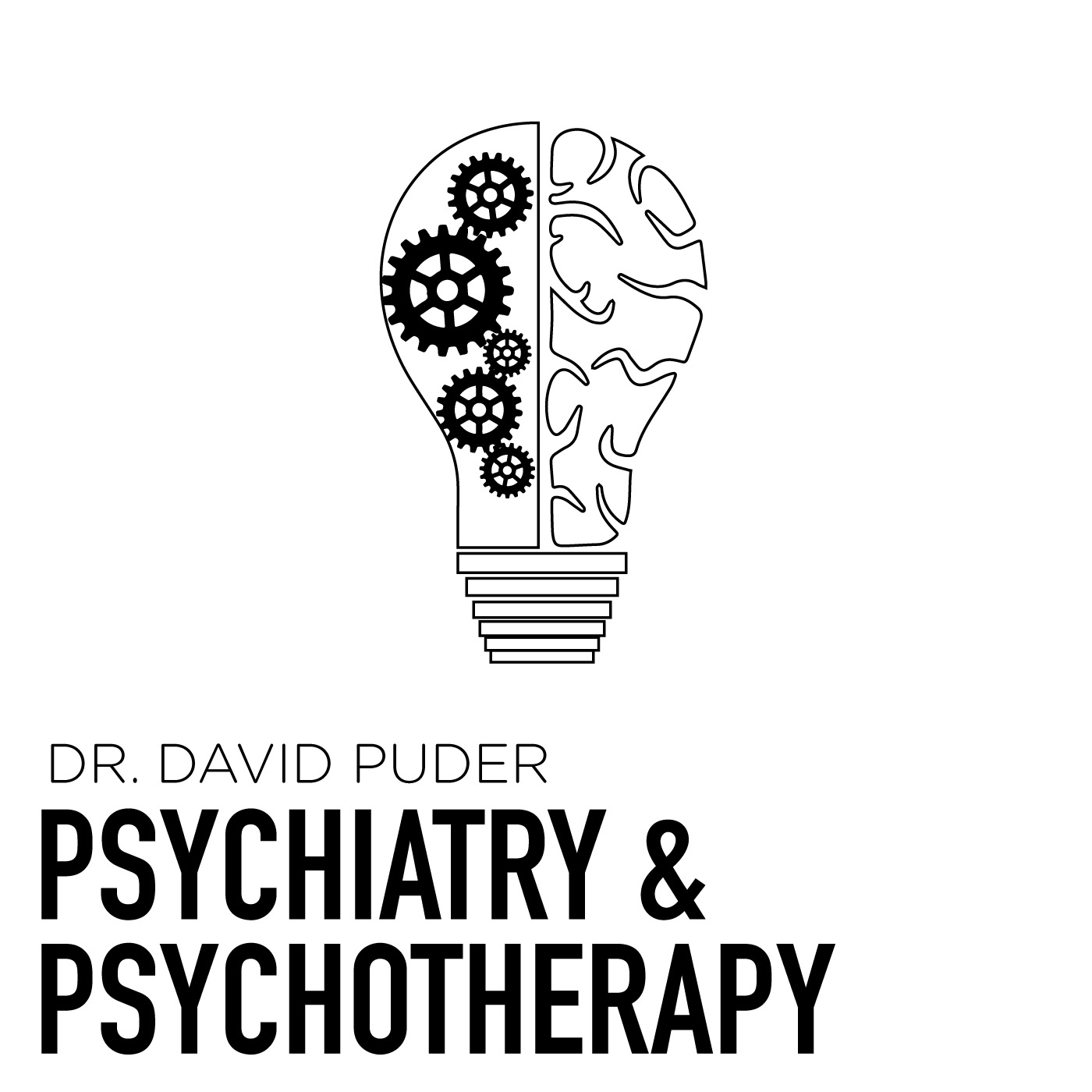
On the last Psychiatry and Psychotherapy podcast and blog, we talked about how Microexpressions make Microconnections, their role in therapy and how learning about them can increase our emotional connection to others.
This week, we will continue uncovering how different microexpressions look on the face and feel in our body, and their corresponding emotions.
FearFear is an adaptive emotion—its original goal is to keep us safe and alive. When someone pulls into our lane on the interstate, it’s fear and our ability to quickly jerk the steering wheel straight that saves our lives. When we encounter heights, snakes, or frightening people in a dark alley at night, fear is the emotion we feel.
As children, we have fears of abandonment from our mothers, and at around two years old, we begin to experience stranger anxiety. As we grow, we read our parents and see what they are afraid of, so we can form protective fear patterns. Even different genders receive different messaging about fear. Parents teach male children to be more fearless, empowering and enabling, more courageous. They teach females to be more cautious, careful and more fearful.
Fear, demonstrated on the face in a microexpression, looks like:
Eyebrows drawing up and together with tension in the forehead
Lower eyelids tensing
Mouth opening horizontally in an interaction
Fear can bond people together but also separate us from having an emotional connection. In any emotional interaction, we are experiencing a state of calmness, fight/flight, or disconnection.
Fear and anger come into play in both fight and flight. When we notice someone exhibiting fear when we are interacting with them, it’s important to be curious as to why. Are they fearful because of the interaction with us? Or are they fearful because they are accounting a story about something that scared them?
When someone experiences fear, it’s important to strive for a healthy connection again. That person may experience fear because of vulnerability or shame. Because fear’s goal is to stay safe, it can cause disconnection. Establish a psychologically safe place for them to feel connected, rather than fight or flight.
Dealing with fearListen to your voice of courage that’s inside of you. Anytime there is fear, there is also a courageous part of us that is sending different messages too, we just need to focus on it and therefore turn up the volume of the courage signals. When we get stuck, frozen, in a state of fight or flight, we can choose to engage the object of fear anyway. We can choose courage.
Experiencing fear during sporting events or performances is a great way to think about this. Fear can be decreased over time. When we train often enough, or compete often enough, that fear response slowly decreases. After plenty of performances, after plenty of sport competition events, we start to normalize that fear and courage takes over—training gives us confidence in the face of fear.
We can learn how to handle fear without being totally overwhelmed by facing the cause of our fear in slow, small increments. It can create an adaptation, rather than stress. Even cardiovascular health is tied to your emotional ability to handle fight or flight. By training physically, you are actually training for interpersonal stressors as well by spiking your adrenaline, breathing and heart rate.
Beyond behavioral therapy help, you can do mental exercises to regain control of your body during fear. Even simply saying out loud, “I am experiencing fear” can feel normalizing. Also, through meditation and breathing, you can reset your heart rate and breathing, and calm your body’s fear responses.
Surprise
On the face, the microexpression of surprise looks similar to fear, but where fear affects the face on a more horizontal axis, surprise affects the face on a more vertical axis. Surprise looks like:
Rising and rounding eyebrows
Rising upper eyelid
Sometimes mouth falling open with lips relaxing
Note: rising eyebrows can also be a conversational signal emphasizing something.
Surprise can be awe, curiosity, a revelation. It can be a more transitory emotion—quickly moving on to fear, anger or joy. When someone is exhibiting surprise on their face, be curious about why, ask them if the answer isn’t obvious—such as them arriving at their own surprise party—and you may learn something new about them.
DisgustPeople rarely use the word “disgust.” They’ll talk about happiness, anger or fear or other emotions. But disgust is something that we don’t understand as easily without dipping back into the primal reasons for the emotion, and how it is helpful in modern day interactions.
Originally, disgust was an important emotion for survival. It standardized hygiene and behavioral norms. If a caveman or woman ate something gross, or fell out of line with the accepted hygiene of the day, they were shunned from the group. If they slept with a relative or animal, ate another human, or did not clean food properly, they aroused disgust in their tribe, and were exiled or even killed.
Without disgust, there would be less social norms, less “rules” for relating to each other and maintaining health codes. It’s a powerful emotion that drives behavior.
Disgust as a microexpression looks like:
Wrinkling around the noseUpper lip rising
Eyebrows move down without tension (contrast this with anger where the eyebrows are pulled together and the eyelids are raised and tense).
I feel that people need to be more aware of disgust as a microexpression, and learn what it is trying to communicate to them. It’s not just about a survival mechanism, such as smelling rancid milk and being able to avoid getting sick. It’s also about how our spouse treats us, how we feel when we watch interactions between other people.
The negative effects of disgust, when it is taken too far, can be damaging and horrific. Racism and sexism are examples of disgust gone wrong. It can be dehumanizing. Even listening to Hitler’s conversation at his dinners, experts have analyzed disgust-oriented language. Much of his propaganda was even disgust-provoking propaganda.
People who are an object of someone’s disgust experience deep shame. Sometimes, that is warranted—such as when that person has broken a societal rule like pedophelia. But as a therapist, I have to have a lower threshold of disgust when it comes to hearing people’s secrets.
After awhile, I think that disgust, like fear, can be adaptable. I have heard all manners of secrets, and I rarely feel disgust anymore. Instead, I feel I need to exhibit psychological safety, so the patient feels open to talking about the things they cannot tell anyone. Through talk therapy, hopefully I can help them feel less shame and understand their unique journey and struggles more fully.
Using microexpressions in interactionsThe first key to using microexpressions is to pay attention. Look at the person’s face, be interested and curious about what emotional state they are in. Notice the facial movements, and listen to what they are saying. Is what they are expressing maybe outside of their awareness as they talk? Does the emotion they are showing match what they are talking about?
As a therapeutic tool, understanding microexpressions is a way of gathering information about someone else. Use that information to respond in a way that shows the person you are desiring to connect.
Paying attention to microexpressions actually creates empathy. We have mirror neurons—neurons in our brain that are devoted to telling us what someone else is feeling. Those neurons light up when we watch someone else doing something, or feeling something. When we see someone bite into hamburger on a commercial, it might make us hungry, even causing our stomach to rumble or our mouths to make extra saliva. When we see someone cry, it might make us cry. Your brain will light up, to some degree, as if you are experiencing someone else's’ emotions. We can train ourselves to pay attention to those neurons to better be able to connect with people.
Some people experience either less or more empathy than what is considered normal. This can be because of a disorder, or because of emotional burnout. Even experiencing emotional overload causes a decrease in empathy.
Being able to determine the difference between yourself and the other person is another important part of empathy. Learning about microexpressions can help you do that—you can see their emotions, and recognize they are the one experiencing it, and you can respond to the emotion, but you do not have to own it as your own.
Tune in next week to hear part three of Microexpressions. If you'd like to try out the app that trains people how to read microexpression, go here: IOS Emotion Connection App
More Episodes
Psychology and Inside Out 2: A Breakdown of Adolescent Emotional Lives
 2024-10-25
2024-10-25
Understanding Borderline Personality Disorder (BPD) Medications & Treatment
 2024-10-09
2024-10-09
Managing Weight Gain from Psychiatric Medications with Dr. Michael Cummings
 2024-09-27
2024-09-27
Paul Wachtel's Approach to Integrative Psychotherapy: Exploring Attachment, Anxiety, and the Disavowed Self
 2024-09-13
2024-09-13
Sauna & Heat Exposure’s Impact on Mental & Physical Health
 2024-08-30
2024-08-30
Writing to Overcome Trauma and Improve Your Mental and Physical Health
 2024-08-23
2024-08-23
Eating Disorders: Empathy, Alexithymia, Reflective Function
 2024-08-16
2024-08-16
Where Psychiatry Meets Politics: The Goldwater Rule
 2024-08-07
2024-08-07
Adverse Childhood Experiences - HPA axis & Brain changes: cortisol, amygdala, hippocampus, cytokines, & epigenetics (Part 3 of ACE series)
 2024-07-19
2024-07-19
Shrink Next Door: A Psychiatrist’s Analysis
 2024-07-04
2024-07-04
Understanding Complex PTSD and Borderline Personality Disorder
 2024-06-14
2024-06-14
Q&A with Dr. Cummings Part 2
 2024-05-29
2024-05-29
Reflective Functioning: The Key to Attachment with Dr. Howard Steele
 2024-05-17
2024-05-17
Bruce Perry on the Healing Power of Human Connection and Resilience in Trauma
 2024-05-09
2024-05-09
Early Psychosis: Detection and Treatment
 2024-04-17
2024-04-17
Q&A with Dr. Michael Cummings
 2024-04-05
2024-04-05
PTSD and Cognitive Processing Therapy with Patricia Resick
 2024-03-29
2024-03-29
What People Want From Therapy with Linda Michaels
 2024-03-15
2024-03-15
5 Factors and Domains of Psychiatric Care
 2024-03-08
2024-03-08
Mentalization Based Therapy (MBT), with Dr. Anthony W. Bateman, MA, FRCPSYCH and Dr. Peter Fonagy, Ph.D., FBA
 2024-02-23
2024-02-23
Create your
podcast in
minutes
- Full-featured podcast site
- Unlimited storage and bandwidth
- Comprehensive podcast stats
- Distribute to Apple Podcasts, Spotify, and more
- Make money with your podcast
It is Free
You may also like

DNA Today: A Genetics Podcast


The Psychic Elephant Radio Podcast


Strange by Nature Podcast


Sasquatch Chronicles


Hidden Brain


- Privacy Policy
- Cookie Policy
- Terms of Use
- Consent Preferences
- Copyright © 2015-2024 Podbean.com



 iOS
iOS Android
Android